Clog Almanac
This page lists of the various symbols in the Clog Almanac group.
The clog almanac was originally a Scandinavian creation that was later brought to England. A "clog" referred to a four-sided piece of material (usually wood but could also be bone, horn or metal), and in the case of the almanac, this object was carved with runes and other markings indicating calendrical events. These events included festivals such as saint's days and astronomical phenomena such as the solstices.
Symbols in this group:
Annunciation Day
In Medieval clog almanacs, this symbol represented Annunciation Day, or the vernal (spring) equinox.
Day of Tiburtius (alternate #1)
A symbol from the clog almanacs used in Medieval Sweden.
Day of Tiburtius (alternate #2)
A symbol from the clog almanacs used in Medieval Sweden.
Golden number 10
On a clog almanac, this symbol represents an aspect of the lunar cycle.
Golden number 15
On a clog almanac, this symbol represents an aspect of the lunar cycle.
Golden number 17
On a clog almanac, this symbol represents an aspect of the lunar cycle.
Golden number 17 (alternate)
On a clog almanac, this symbol represents an aspect of the lunar cycle.
Virgin Mary
A symbol used on Medieval clog almanacs to designate holy days associated with the Virgin Mary.
Winter (alternate)
An old Germanic sign for the season of Winter, used in clog almanacs.
Citation
Use the citation below to add this symbols group page to your bibliography:
Style:MLAChicagoAPA
"Clog Almanac Symbols." Symbols.com. STANDS4 LLC, 2025. Web. 22 Feb. 2025. <https://www.symbols.com/group/107/Clog+Almanac>.


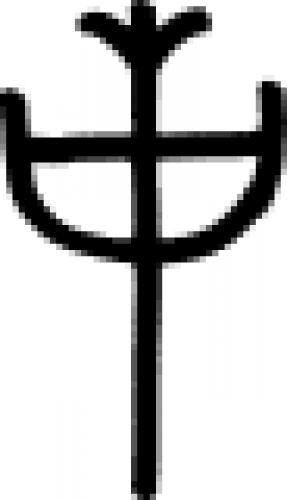
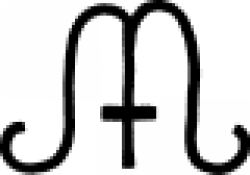
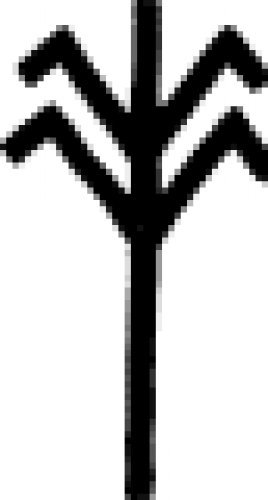
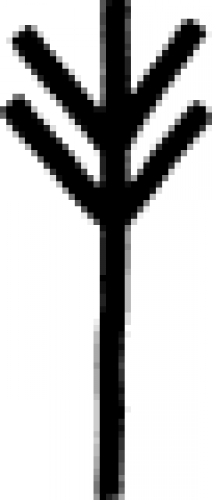
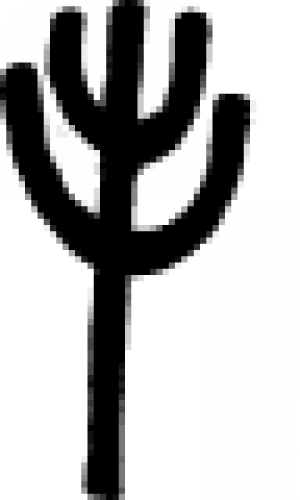

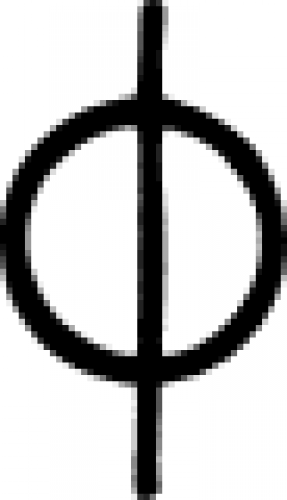
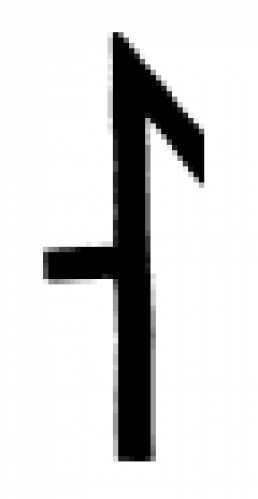
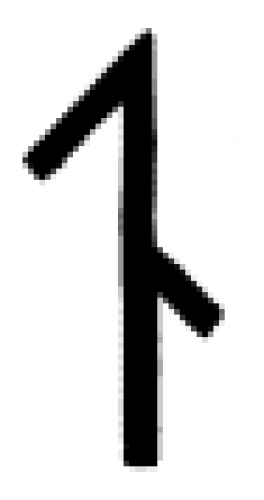

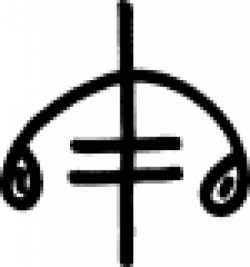
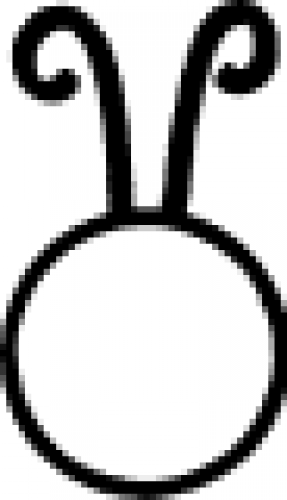
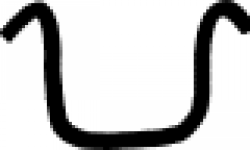
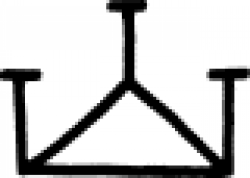
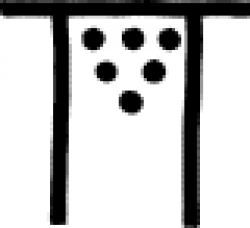
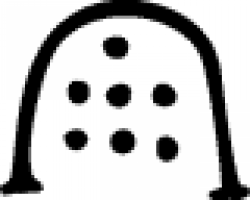




Have a discussion about the Clog Almanac group with the community:
Report Comment
We're doing our best to make sure our content is useful, accurate and safe.
If by any chance you spot an inappropriate comment while navigating through our website please use this form to let us know, and we'll take care of it shortly.
Attachment
You need to be logged in to favorite.
Log In